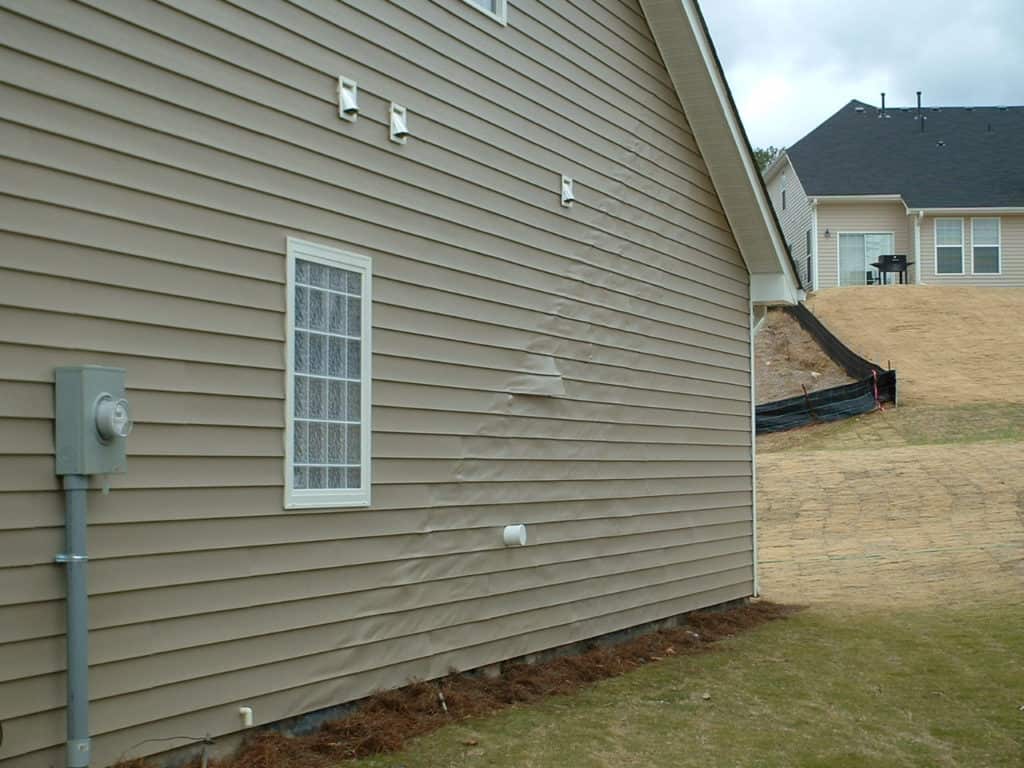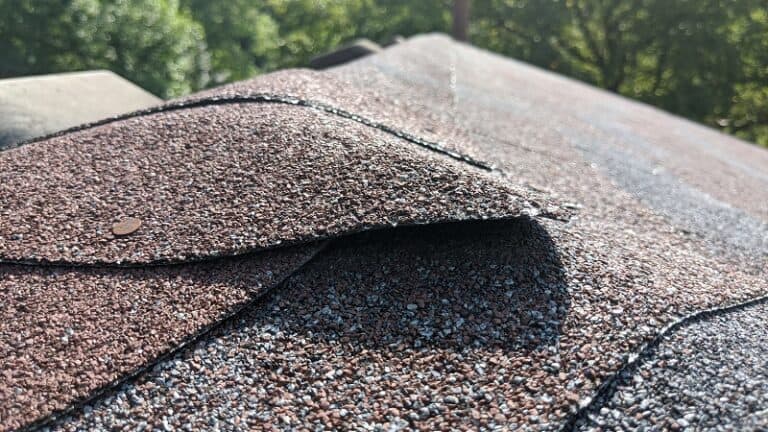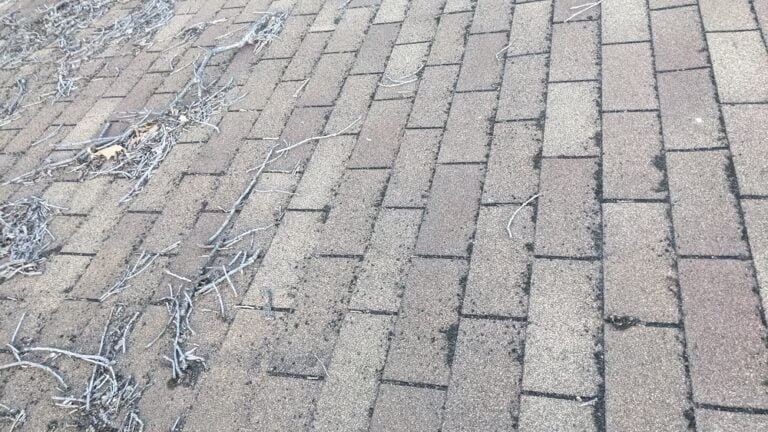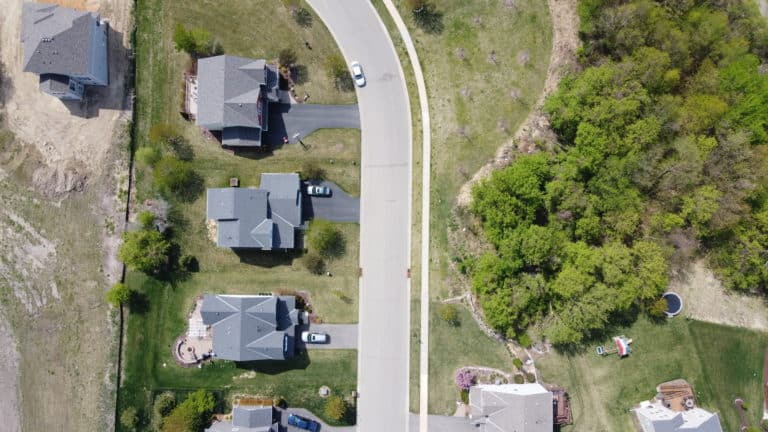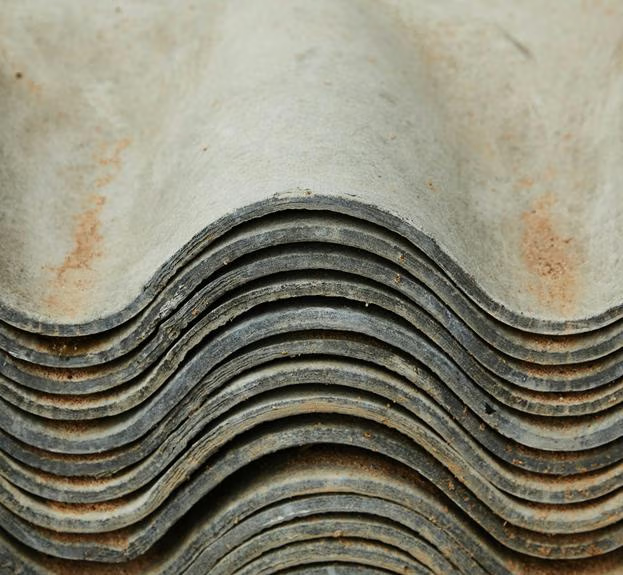insurance, hail, roof, storm, heat, mildew, water damage, hail damage on vinyl siding, water, vinyl siding, home repair, paint, pest, wood, wind, mold, siding, waterproofing, snow, caulk, moisture, repairing hail damage, siding repair, siding hail damage, repair hail damage, roofing, vinyl siding warping, vinyl siding repair, siding damage, hail damage, storm damage, rain, maintenance, tool, construction, metal, inspection, screw, roofer, home improvement, window, fiber cement siding, adhesion, steel, tree, pest control, home insurance, insurance policy, vinyl siding hail damage, cement, fiber, policy, chimney, engineered wood, hail damage siding, hail damage insurance, hail damage roof, asphalt shingle, extreme weather, wood shingle, damages, expert, ice, severe weather, stucco, wind speed, valley, leak, what does hail damage look like on vinyl siding, metal roof, fracture, flashing, gutters, replacement, roof damage, hail damage claim, roofs, siding contractors, roof replacement, roof repairs, storm damage repair, renovation, infiltration, attic, warranty, inch, skylight, risk, owens corning, united states
Can hail damage on vinyl siding lead to structural issues?
Yes, hail damage on vinyl siding can lead to structural issues. Hail can puncture the siding, leaving the structural components of the home exposed to the elements, potentially causing further damage if not addressed promptly.
Can I fix hail damage on vinyl siding myself?
Fixing hail damage on vinyl siding can be challenging for homeowners. It's generally recommended to have a professional assess the extent of the damage and determine the best course of action, which may involve partial or full siding replacement.
What does hail damage look like on light-colored vinyl siding?
Common signs of hail damage on light-colored vinyl siding include cracking, chipping, dents, and discoloration. The damage often appears as small, semi-circular indentations or puncture marks on the siding panels.
How do I prevent hail damage on new vinyl siding?
To prevent hail damage on new vinyl siding:
Install impact-resistant vinyl siding designed to withstand hail impact.
Ensure proper installation techniques to maximize siding durability.
Consider impact-resistant accessories like corner pieces and trim to further protect the siding.
Maintain the siding by regularly inspecting for any cracks or chips and addressing them promptly.
How to determine if hail damage on vinyl siding is severe?
To determine if hail damage on vinyl siding is severe, look for the following signs:
Cracking or chipping of the siding
Puncture holes or dents in the siding
Discoloration or fading of the siding
Loss of structural integrity or loosening of the siding
Can professional contractors fix hail damage on vinyl siding?
Yes, professional contractors can often repair hail damage to vinyl siding. They may be able to replace damaged panels or use special techniques to restore the siding's appearance and protect the home.
Do all types of vinyl siding sustain hail damage equally?
No, not all types of vinyl siding sustain hail damage equally. Vinyl siding with less flexibility is more prone to chipping, cracking, or breaking when impacted by hail. The thickness and quality of the vinyl material can affect its resistance to hail damage.
Can vinyl siding be replaced due to hail damage?
Yes, vinyl siding can be replaced due to hail damage. Common signs of hail damage include chipping, cracking, and breaking of the siding. Depending on the extent of the damage, a full siding replacement may be necessary.
How to file a claim for hail damage to vinyl siding?
To file a claim for hail damage to vinyl siding, follow these steps:
Inspect the siding for visible damage such as cracks, chips, or discoloration.
Contact your insurance provider and initiate a claim, providing details and photographs of the damage.
Obtain an estimate from a reputable vinyl siding contractor to determine the cost of repairs or replacement.
Work with your insurance provider to get the claim approved and coordinate the necessary repairs.
What are the common areas where hail damage occurs on vinyl siding?
The most common areas where hail can damage vinyl siding are the bottom sections where flexibility is limited, resulting in chipping, cracking, and breaking of the siding panels. Hail can also cause stripped paint, discoloration, and broken panels.
Are some vinyl siding colors more prone to hail damage?
Yes, certain vinyl siding colors such as darker shades can be more vulnerable to hail damage. Lighter colors generally withstand impacts better than darker tones, which absorb more heat and can become more brittle over time.
How long does it take to repair hail damage on vinyl siding?
The time required to repair hail damage on vinyl siding can vary depending on the extent of the damage. Minor repairs like patching small holes or replacing individual damaged panels may take a few hours, while more extensive damage could necessitate a full re-siding project which could take several days.
What are the most common areas affected by hail damage on vinyl siding?
The most common areas affected by hail damage on vinyl siding are:
Chips or breaks in areas with minimal flexibility
Cracking or punctures on the siding panels
Discoloration or stripped paint
Are hail damage marks on vinyl siding always circular?
No, hail damage marks on vinyl siding can take different shapes, not just circular. Hail impact can cause chips, cracks, and breaks in the siding, which may appear in various geometric forms.
What are the signs of hail damage on vinyl siding?
Common signs of hail damage on vinyl siding include:
Chips or cracks in the siding
Discoloration or faded areas
Stripped or dented paint on the siding
Broken or cracked siding panels
What is the cost of repairing hail damage on vinyl siding?
The cost of repairing hail damage on vinyl siding can vary depending on the extent of the damage. Minor chip and crack repairs may cost $500-$1,000, while full siding replacement could range from $3,000-$10,000 or more. The final cost will depend on the size of the home, material costs, and labor.
Are there any local professionals specializing in hail damage repair on vinyl siding?
Yes, there are local professionals who specialize in repairing hail damage to vinyl siding. They can assess the extent of the damage, provide estimates, and guide homeowners through the insurance claims process to restore the siding effectively.
What is the cost of replacing vinyl siding after hail damage?
The cost of replacing vinyl siding after hail damage can vary depending on the extent of the damage, the size of the home, and the local labor and material costs. On average, homeowners can expect to pay between $4,000 to $15,000 to completely replace damaged vinyl siding.
Can a homeowner fix hail damage on vinyl siding themselves?
While some minor hail damage to vinyl siding can be repaired by a homeowner, significant damage may require professional replacement. The extent of the damage and the homeowner's skill level should be assessed to determine if a DIY repair is feasible.
Can you prevent hail damage on vinyl siding?
Yes, hail damage on vinyl siding can be prevented by:
Installing impact-resistant vinyl siding that is more durable and resilient to hailstones
Applying a protective coating or film to the siding to absorb impact and reduce damage
Trimming nearby trees and removing debris that could be propelled by hail storms
Does hail damage on vinyl siding decrease property value?
Hail damage to vinyl siding can decrease property value, as it may require costly repairs or even full siding replacement. The extent of the damage and how it is addressed will impact the overall effect on property value.
What is the average cost of repairing hail damage on vinyl siding?
The average cost to repair hail damage on vinyl siding typically ranges from $3,000 to $10,000, depending on the extent of the damage and the size of the affected area.
Are there different types of hail damage on vinyl siding?
Yes, common types of hail damage on vinyl siding include:
Chips or cracks where flexibility is minimal
Puncturing or breaking of siding panels
Discoloration or stripping of paint
Can you sell a house with hail damage on vinyl siding?
Homeowners can sell a house with hail damage on vinyl siding, but it may impact the home's value and curb appeal. Repairing or replacing the damaged siding before listing the home is recommended to maximize the sale price.
What does minor hail damage look like on vinyl siding?
Typical signs of minor hail damage on vinyl siding include chipping, cracking, and small punctures. The damage is usually concentrated in areas with less flexibility, resulting in semi-circular breaks in the siding.
What are the consequences of not repairing hail damage on vinyl siding?
Failure to repair hail damage on vinyl siding can lead to further deterioration, exposing the home's structural components to the elements and increasing the risk of water damage, rot, and other problems that can compromise the home's integrity.
Can hail damage on vinyl siding lead to water damage?
Yes, hail damage to vinyl siding can lead to water damage. The cracks, chips, and holes created by hail impact can allow water to penetrate the siding and cause damage to the underlying structure.
What are the benefits of replacing vinyl siding after hail damage?
The main benefits of replacing vinyl siding after hail damage are:
Restores the aesthetic appearance of the home's exterior.
Ensures the home is properly protected from weather elements and potential water damage.
Prevents further deterioration of the siding and underlying structure.
Increases the home's overall value and curb appeal.
What does severe hail damage look like on vinyl siding?
Severe hail damage on vinyl siding can cause cracks, chips, and punctures in the material. The siding may appear dented, discolored, or have missing or broken pieces. Damage can vary in size and location across the siding.
How long does it take for hail damage to show on vinyl siding?
Hail damage on vinyl siding can show immediately after a storm, as the siding may chip, crack, or puncture upon impact. The extent of visible damage can vary depending on the size and intensity of the hailstones.
Does hail damage on vinyl siding always require replacement?
Hail damage on vinyl siding does not always require replacement. Minor chips, cracks, and discoloration can often be repaired, while significant or widespread damage may necessitate replacing the affected siding panels.
How do I identify hail damage on vinyl siding?
Look for signs of hail damage on vinyl siding, such as chips, cracks, and discoloration. Inspect the siding for punctures, dents, and any loose or broken panels. Pay close attention to the lower sections, as they are more susceptible to hail impact.
How does hail damage affect vinyl sidings durability?
Hail can cause chips, cracking, and breaking in vinyl siding, especially in areas with minimal flexibility. Damage may range from minor punctures to extensive panel replacement, depending on the severity of the hailstorm.
Can hail damage on vinyl siding cause mold growth?
Hail damage on vinyl siding can create openings that allow moisture to penetrate and lead to potential mold growth behind the siding. Addressing hail damage promptly is important to prevent further issues.
What are common signs of hail damage on vinyl siding?
Common signs of hail damage on vinyl siding include chips, cracking, breaking, discoloration, and stripped paint. Damaged panels may also have a semi-circular shape at the bottom where flexibility is minimal.
How do you document hail damage on vinyl siding for insurance?
To document hail damage on vinyl siding for insurance:
Inspect the siding for signs of damage such as chips, cracks, or holes.
Take detailed photographs of the damage, including close-up shots and wider views of the affected areas.
Measure the size and extent of the damage and note the location on the siding.
Obtain a written estimate from a professional siding contractor for the cost of repairs or replacement.
Submit the photographs, measurements, and contractor's estimate to your insurance provider to file a claim.
Does hail damage always leave dents on vinyl siding?
No, hail damage on vinyl siding does not always result in dents. Other common signs of damage include chipping, cracking, and discoloration. The extent of damage depends on factors like hail size and impact force.
How to inspect vinyl siding for hail damage after a storm?
Look for common signs of hail damage, such as chipping, cracking, discoloration, or broken panels. Inspect the entire home, focusing on areas where flexibility is limited, as those are more prone to damage. Consider consulting a professional for a comprehensive assessment.
Can hail damage cause water leaks in vinyl siding?
Yes, hail damage can potentially cause water leaks in vinyl siding. Dents, cracks, and holes created by hail impact can allow water penetration and lead to water damage behind the siding.
How to identify minor hail damage on vinyl siding?
Look for chips, cracks, and discoloration on the vinyl siding. Small dents or punctures are also signs of minor hail damage. Inspect the siding for any visible impact marks or compromised integrity.
Does hail damage on vinyl siding always lead to leaks?
Hail damage on vinyl siding does not always lead to leaks. While dents, cracks, and punctures in the siding can potentially allow water infiltration, the extent of the damage determines whether leaks will occur. Proper repair or replacement of significantly damaged siding is required to prevent any leaks.
Are there any DIY methods for repairing hail damage on vinyl siding?
Yes, there are some DIY methods for minor hail damage on vinyl siding, such as:
Filling in cracks or chips with a vinyl siding repair compound
Replacing individual damaged siding panels
Painting over discolored or faded areas
However, for extensive damage, it's best to consult a professional siding contractor to ensure proper repairs and prevent further issues.
Can vinyl siding be repaired after hail damage?
Yes, vinyl siding can often be repaired after hail damage, but the extent of the damage will determine if repairs or replacement is the better option. Minor damage like chips and cracks may be repairable, while extensive breakage may require full replacement of the siding.
Does homeowners insurance cover hail damage to vinyl siding?
Homeowners insurance typically covers hail damage to vinyl siding, with the extent of coverage depending on the policy. Filing an insurance claim may be the best option to repair or replace damaged vinyl siding from a hailstorm.
Can hail damage on vinyl siding be prevented with gutter guards?
Yes, gutter guards can help prevent hail damage to vinyl siding by protecting the siding from direct impact. Gutter guards create a barrier between the siding and falling hail, reducing potential punctures or cracks.
Can hail damage cause cracks in vinyl siding?
Yes, hail can cause cracking, chipping, and other damage to vinyl siding. Common signs of hail damage include broken panels, discoloration, and stripped paint. Replacing sections or the entire siding may be necessary in severe cases.
Can you fix hail damage on vinyl siding yourself?
Fixing hail damage on vinyl siding is generally not recommended for homeowners to do themselves. Professional siding contractors have the expertise and tools to properly assess and repair hail-damaged vinyl siding to restore its appearance and functionality.
How big are typical hail damage marks on vinyl siding?
Hail damage on vinyl siding typically results in chips, cracks, or semi-circular punctures where the vinyl is less flexible. The size of the marks can vary depending on the hailstone diameter, but they are generally small, localized impacts.
How does hail damage affect vinyl sidings warranty?
Hail damage to vinyl siding can affect its warranty, as it can cause chipping, cracking, and discoloration. The extent of damage will determine whether repairs or full replacement is covered under the siding's warranty.
Can hail damage on vinyl siding be repaired?
Hail damage on vinyl siding can often be repaired, depending on the extent of the damage. Minor chips, cracks, and punctures may be fixable through patching or replacing individual damaged panels. However, significant widespread damage may require re-siding the entire home.
How to prevent hail damage to vinyl siding on a new home?
To prevent hail damage to vinyl siding on a new home, consider installing impact-resistant siding, reinforcing siding with additional fasteners, and maintaining the siding by regularly inspecting and repairing any cracks or chips.
Can wind affect hail damage on vinyl siding?
Yes, wind can exacerbate hail damage on vinyl siding. The force of the wind can drive hailstones deeper into the siding, causing more extensive cracking, chipping, and punctures.
Can vinyl siding be replaced with hail-resistant siding?
Yes, vinyl siding can be replaced with hail-resistant siding options like fiber cement, metal, or impact-resistant vinyl siding. These materials are designed to better withstand hail damage compared to standard vinyl siding.
What is the process for filing a hail damage claim on vinyl siding?
To file a hail damage claim on vinyl siding:
Inspect the siding for signs of damage like chips, cracks, or discoloration.
Contact your insurance provider and file a claim, providing evidence of the hail damage.
Get a professional assessment of the repair or replacement cost.
Work with your insurance company to get the necessary repairs or siding replacement covered.
What factors worsen hail damage impacts?
Factors that can worsen hail damage impacts include the size of the hailstones, the intensity and duration of the hailstorm, the angle of impact, and the condition and age of the affected materials. Older or weaker building materials are more susceptible to hail damage.
How to conceal hail impacts on siding?
To conceal hail impacts on siding, options include:
Painting or applying siding panels over the affected areas
Replacing only the damaged siding panels
Residing the entire home with new siding material
Does aging increase sidings hail vulnerability?
Yes, aging can increase vinyl siding's vulnerability to hail damage. Older siding becomes less flexible and more prone to cracking, chipping, or breaking upon impact from hail.
Which siding materials best resist hail?
Vinyl and aluminum siding generally resist hail damage better than wood or fiber cement siding. Vinyl siding is impact-resistant and can withstand small hailstones, while aluminum siding is less prone to dents and cracks from hail.
What post-hail inspection steps are critical?
After a hail storm, inspect siding for common damage like chipping, cracking, and discoloration. Contact your insurance provider and a local siding specialist to assess the extent of damage and discuss repair or replacement options.
How to assess hail impact depth?
To assess hail impact depth, examine the siding for signs of damage such as dents, cracks, or punctures. Measure the depth of any visible indentations using a caliper or depth gauge. The depth can indicate the severity of the hail impact.
Does siding texture affect hail visibility?
Yes, siding texture can affect hail visibility. Smoother siding textures are more prone to showing hail damage, while rougher textures may conceal minor dents or dings. The texture can influence how noticeable hail impacts appear on the siding.
Who assesses hail damage professionally?
Professional roofing contractors and insurance adjusters are the primary professionals who assess hail damage to homes and properties. They inspect the roof, siding, and other exterior components to evaluate the extent of the damage.
Is temporary siding hail protection effective?
Temporary hail siding protection can be effective in the short-term, but it is not a long-term solution. It may shield against minor damage, but severe hailstorms can still compromise the integrity of temporary siding.
What immediate actions prevent hail worsening?
Immediately after a hailstorm, inspect for damaged siding and roofing. Temporarily cover any exposed areas to prevent further damage from rain or wind. File an insurance claim as soon as possible.
How often should siding be checked?
Siding should be checked regularly, typically once or twice a year, to inspect for any signs of damage, such as cracks, holes, or discoloration. This helps identify and address issues before they worsen.
What hail sizes usually damage siding?
Hail sizes typically ranging from 1 inch to 2 inches in diameter can cause significant damage to vinyl siding, often resulting in cracks, dents, and punctures. Larger hail over 2 inches can lead to even more severe siding damage.
How does siding angle affect hail?
The angle of the siding can affect how much damage hail causes. Siding installed at a steeper angle is less likely to be dented or punctured by hail compared to siding with a shallower angle, which provides more surface area for hail impact.
What maintenance reduces hail siding damage?
Regularly inspecting and maintaining vinyl siding, addressing any cracks or chips, and considering impact-resistant siding options can help reduce hail damage to siding. Prompt repairs after a hailstorm are also crucial.
Is hail damage to insulation possible?
Yes, hail can cause damage to roof insulation. Hail impacts can puncture or compress insulation, reducing its effectiveness in insulating the home and increasing energy costs.
What weather conditions intensify hail damage?
Hailstorms, heavy winds, and severe thunderstorms can intensify hail damage to properties. The combination of large hail, high winds, and heavy precipitation can lead to significant damage to siding, roofs, windows, and other exterior structures.
Are certain seasons riskier for hail?
Yes, certain seasons are riskier for hail. Hailstorms are most common in the spring and summer months, especially during thunderstorms when warm, moist air collides with cooler air. Homeowners should be vigilant during these seasons for potential hail damage.
How does climate influence hail frequency?
Climate strongly influences hail frequency. Warmer, more humid conditions with strong vertical air movement increase the likelihood of hail formation. Colder regions and mountainous areas tend to experience higher hail frequency compared to warmer, coastal areas.
Does historical data predict hail trends?
Historical data can provide insights into hail trends, but predicting future hail activity requires analyzing factors like weather patterns, climate change, and regional geography. Analyzing past hail occurrences can identify high-risk areas, but precise forecasting remains challenging.
How to educate about hail preparedness?
Educate homeowners on identifying signs of hail damage to roofs, siding, and windows.
Provide information on the importance of regular roof inspections and maintenance to prevent hail-related issues.
Advise homeowners on purchasing appropriate hail-resistant building materials and discuss their benefits.
Encourage homeowners to review their insurance policies and understand coverage for hail-related damages.
Organize community events or workshops to raise awareness about hail preparedness and share best practices.
What innovations improve siding hail resistance?
Innovations that improve siding hail resistance include impact-resistant vinyl siding, engineered polymer siding, and fiber cement siding. These materials are designed to withstand the impact of hail while maintaining their appearance and integrity.
How quickly should hail damage be addressed?
Hail damage should be addressed promptly, as it can lead to further deterioration and potential water intrusion if left unrepaired. Inspecting the property and filing an insurance claim as soon as possible is recommended.
What long-term effects follow unaddressed hail?
Unaddressed hail damage can lead to water infiltration, weakening of the roof structure, and increased risk of mold growth. Over time, these issues can compromise the home's integrity and require costly repairs.
What regulatory standards cover hail resistance?
There are no specific regulatory standards that cover hail resistance, but building codes and industry standards often include requirements related to impact resistance and weatherproofing. Homeowners and contractors should consult local building codes and work with roofing professionals to ensure their roof system is appropriately designed for the regional hail risk.
hail damaged siding, storm damage roofing repair falcon co, hail resistant siding, hail damage on wood siding, hail damage to vinyl siding, what does hail damage look like on siding, vinyl siding hail damage, hail damage on siding, hail storm minneapolis 2023, hail damage siding, hail damage wood siding, hail damage vinyl siding, siding damage from hail, hail damage on vinyl siding, hail damage to wood siding, hail damage to siding, what does hail damage on siding look like, what does hail damage look like on vinyl siding, storm vinyl siding, will raid damage vinyl siding, siding hail damage, best siding for hail, minor vinyl siding hail damage, hail siding damage, siding damaged by hail, will acetone damage vinyl siding, repair hail damage vinyl siding
